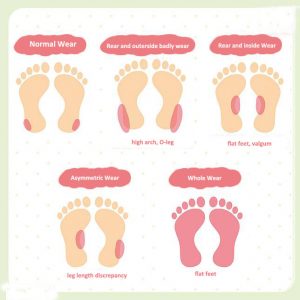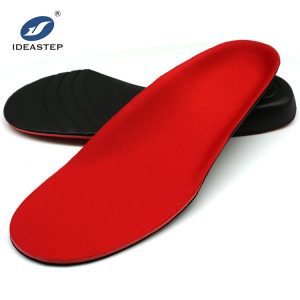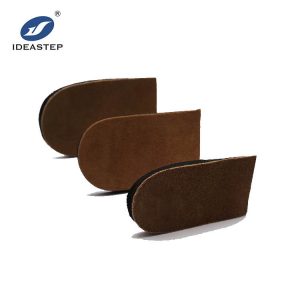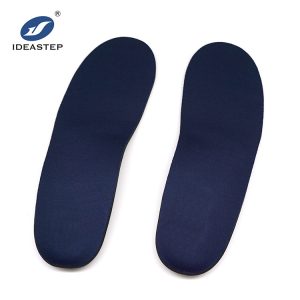We decide to change to new shoes, often because the appearance is old, deformed, etc., but in fact, if a pair of shoes has been worn for a long time, we should be most concerned about the insole. The insole allows us to check whether our walking style is normal. After all, walking in the wrong way for a long time, knees, hips, waist, and other body parts will be affected.
Everyone has different walking postures and habits, and the wear and tear of insoles are also different. From a medical point of view, the degree and location of insole wear can also reflect your health. You can find out the sneakers you often wear because the insoles are softer and easier to observe.
Normal Wear Mode
The insole of a normal person starts to wear out from the posterior and outer sides, because a normal person walks with the heel first on the ground, and then the body’s center of gravity is on the sole all the way forward, gradually from the heel to the sole and then to the toe. In such a walking process, there is more friction on the back and outside of the heel, so the insoles of ordinary people should wear out first from the back and outside.
In addition, the feet of a normal person should be balanced, so the wear of the left and right soles should not be too different, and the wear area is also symmetrical.

4 types of abnormal wear should be paid attention to
1. The posterior lateral wear is too serious-high arch feet, O-shaped legs
Under normal circumstances, the posterior and outer sides of the insole are worn normally, but if the wear is too severe, it is another matter. Most of these people have the knee joints of the two legs separated outwards, which will cause the shin bones to turn inward to a certain angle. If it is serious, it is the so-called O-leg.
In addition, high arch feet will also be combined with the bone varus of the heel, and the lateral side of the heel bears greater stress, which will also increase the lateral wear of the shoe.

2. Posterior medial wear: flat feet, knee valgus (X-shaped legs)
If the insole on the inside is noticeably worn, it may be caused by knee valgus or flat feet. Flat feet also reduce the elasticity of the feet, making the calf muscles overwork and tighten, which can lead to frequent cramps or swelling of the medial ankle joint. This way of walking will also cause the anterior pelvis to tilt, and with age, the damage to the spine will be greater than that of ordinary people.

3. Asymmetric wear: long and short feet
Some people have problems with the hip joints. They use the power of their hips to walk with their hips. Because they often drag their feet, their legs move differently. When stepping on and dragging, the wear on the side of the step is small, and the wear on the side of the drag is large. In addition, asymmetric wear may also be caused by the unequal length of the feet. In addition to congenital, the cause of long and short feet may also be pelvic tilt.

4. Overall wear and tear: flat feet
If you find that your insoles are almost completely worn out, the possibility of flat feet is very high. Flat feet have low elasticity, and the center of the foot directly touches the ground, and the entire instep is under stress, causing serious wear of the sole.

Just pay attention, don’t be overly nervous!
In fact, most people’s insole wear will be a bit deviated, and it will not be so accurate and only damage the posterior lateral side. It does not mean that everyone has a problem with their bones. It may just be that most people have poor walking habits and have no physical problems. However, there are also a small number of people who wear too hard. For example, a pair of shoes wear out insoles within 2 to 3 months, or wears asymmetrically, or stands or walks for a long time and will cause back pain. Then take a closer look at yourself. Insoles, look for the reasons through these clues!
It will be quite a good way to choose the best suitable insoles for ourselves. Firstly analyze the wear of our old shoes and insoles, and find out what kind of arch we are, then choose the best suitable insoles to fit the shoes. If you are not sure about which insoles should be used, just back to us, our professional staff will offer the best suggestion for you. The style we attached after each wear is the suitable and best selling ones overall, but it is still suggested to contact our staff to get the best suitable suggestion.
Better insoles, better walking, and better health and life.
